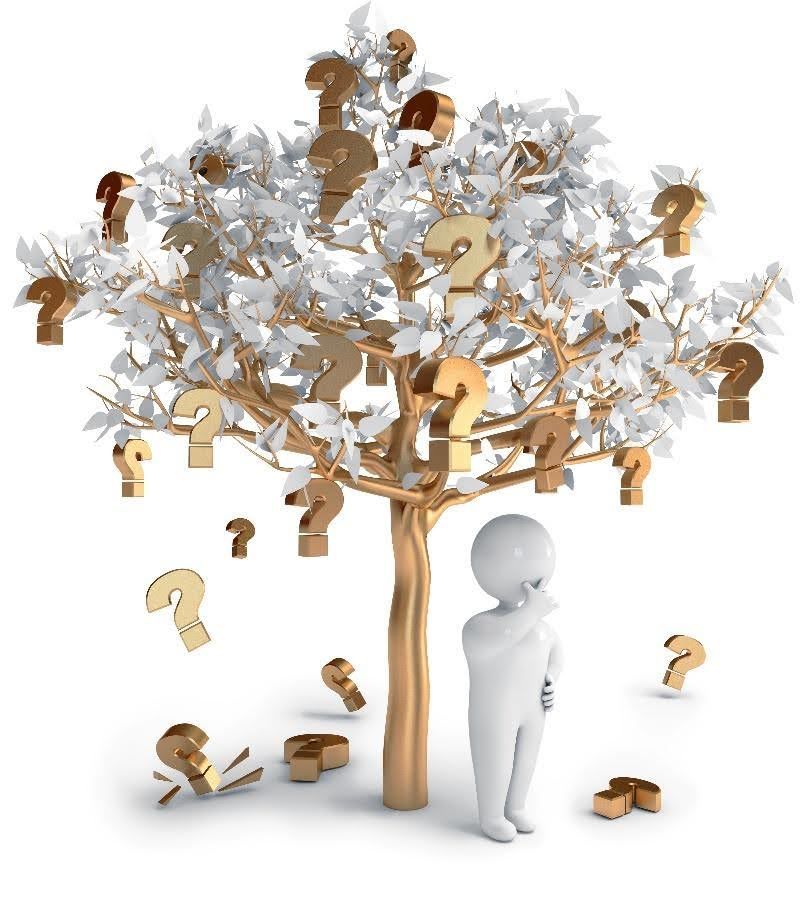Leaking Money Series: Part Three - Out of Sight, Out of Mind: The Hidden Ways Money Leaks from Your Wallet

Even if the budget is dialed in, retirement saving is being invested, and the big items are being reviewed… those items out of sight and out of mind items may be leaking hard earned money. If left unchecked, it can have long-term consequences, especially for retirement savings. Unlike major financial mistakes, money leaks are typically small, recurring costs that add up significantly over time. Because they’re spread out and relatively minor individually, they rarely trigger alarm bells. A few minutes of awareness and action can save hundreds (or more) over the course of a year!
In this four-part series, we explore hidden ways people leak money and cover specific steps to “plug” the holes. This article covers those “out of sight, out of mind” leaks that most people don’t even think about.
1. Subscription Services

Trial subscriptions that started as free or reduced then quietly updated to the “regular” price are easy to forget about. And there are so many streaming services that each on their own may be reasonable but when added up become a drain, without even realizing. Premium apps often renew on an annual subscription—those once-a-year charges can slip by unnoticed. Or what about that digital magazine you never read anymore but still pay for every month? With automatic renewals, it’s easy to forget these charges even exist.
Example:
Emma decided to review her subscriptions.
- Entertainment Streaming Services: She had seven subscriptions, many of which had been started on a trial that had expired to the regular pricing. She reduced these down to two saving $128/month
- Music – between her car and music apps, Emma had four services, only two did she regularly use and one of those had increased quite a bit from her initial signup. She cancelled two and called the carrier for the satellite car radio and was able to reduce the rate by 60% for a total of $38/month.
- News/Magazines – Emma had three publications, all of which had increased from the introductory rate. She decided to keep two and cancel the highest priced, saving $39/month.
- Cloud Storage – she had three cloud storage subscriptions, two of which she was paying for more storage that needed. By reducing the storage to what she actually needed, and consolidating down to two storage systems, Emma was able to save $12/month.
- Learning/Professional Development – Emma was surprised to see two different development apps that had been great at one time, but were no longer used. She cancelled both, saving $6/month
- Software – Emma had two art creator apps, two office apps, and two financial apps. She determined all were needed.
- Gaming – She subscribed to three gaming apps for her kids and one for herself. She narrowed down to one gaming app for the kids and kept hers, saving $27/month
- Consumables – Emma had multiple subscriptions for household supplies and food items like supplements. The items were great but her family didn’t go through the items as fast as the items arrived. She adjusted the time between deliveries and saved $17/month.
- Credit Monitoring – Emma had two credit monitoring services. She chose one and saved $15/month.
- Home Services – Emma had various camera/smart devices. She determined all were worth keeping.
With all the updates to her subscriptions, Emma was able to save $282/month or $3,384/year.
Individual subscriptions were such a small amount each month. She was surprised at how much those cancelled or reduced subscriptions added up.
2. Household Bills
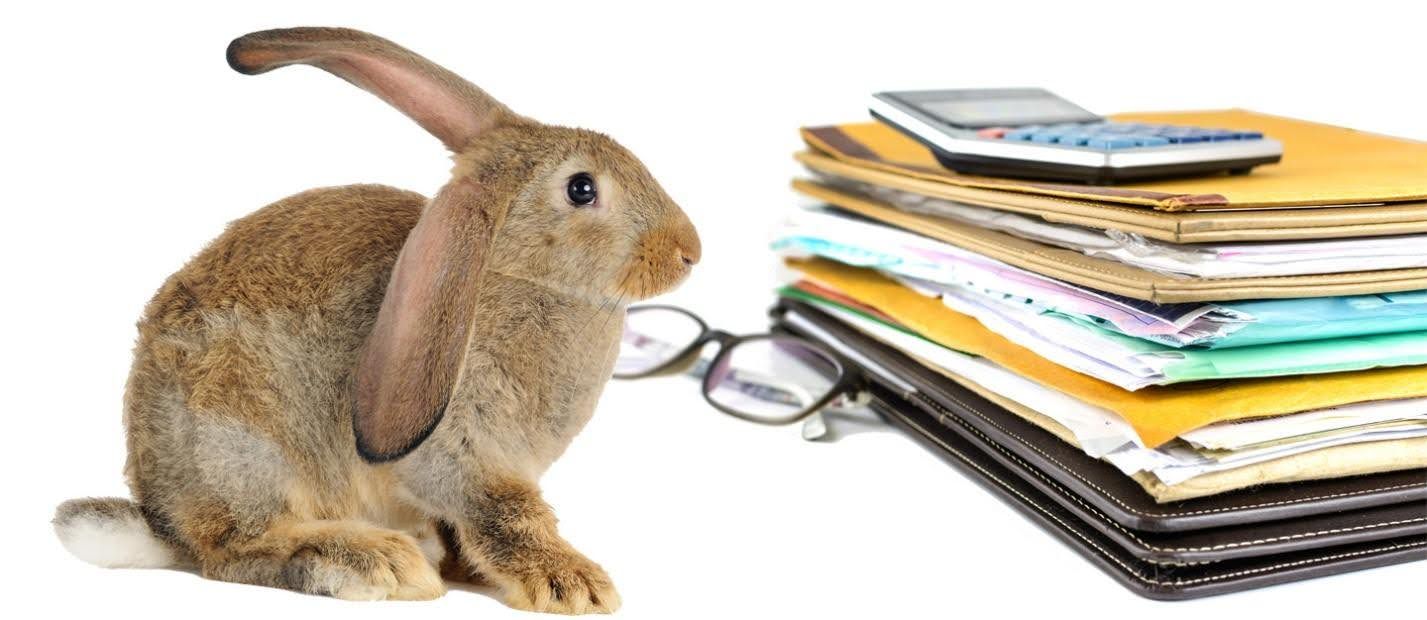
With automation, we rarely look at our actual bills anymore. Has there been an increase in a bill that could be updated? Or has a jump in price mean there may be a leak or other issue causing an issue? What about services that are no longer used but still being paid for?
Example:
Noah decided to review all the household bills and expenditures:
- Seasonal – Noah paid gardeners and pest control year-round, but realized that he could eliminate during the winter months. The monthly price went up, but not as much as paying for the entire year. He also paid for yard waste year-round but only used it in the spring. He saved $536/year
- Trash – Noah never filled the trash can to the top, so he changed the size of the trash container, saving $11/month or $132/year
- Internet/Cable/Phone – After reviewing his bill, Noah decided to remove his landline, drop cable down to the basic (as he had other streaming subscriptions). He saved $120/month or $1.440/year.
- Energy – by automating his thermostat (and having a larger window of temperature) along with being conscious of turning lights out and updating timers for auto lights, Noah was able to reduce his electric bill by $20 on average per month or $240/year.
- Cell Phone – by shopping around, Noah was able to reduce the family cell phone bill (four phones) down $50/month or $600/year.
- Insurance – after doing a review of coverage and bundling his car and homeowner insurance, Noah was able to reduce insurance expenditures by $25/month or $300/year.
All total, Noah was able to save $271/month or $3252/year.
3. Banking
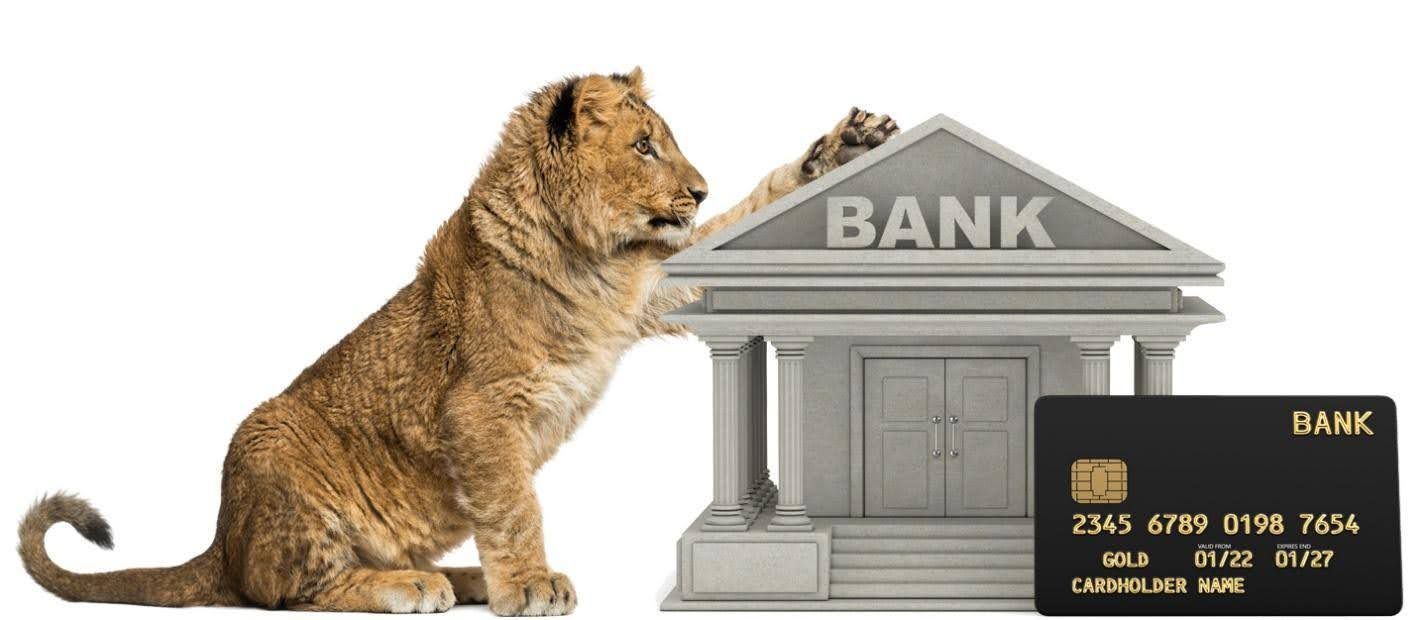
Banking fees are another out of sight, out of mind area that can quietly drain money. ATM fees, monthly maintenance charges, credit card interest, annual fees, and overdraft penalties can all add up over time – and are barely noticeable by themselves. Making some small adjustments can plug the leaking holes.
Example:
Meet Sophia, a busy professional in her 40s. She hadn’t reviewed her bank statements in a while. When she finally sat down to audit her accounts, she was amazed at what she found:
- Account Fees – Sophia had two checking accounts and one Savings account at one bank, and another checking account at another bank. She noticed monthly maintenance fees on two of the checking accounts, and a paper statement fee from each bank. Sophia updated her accounts to meet the bank requirements and updated to digital statements. Sophia saved $34/month or $408/year.
- ATM Charges – Sophia was using out-of-network ATMs or grabbing cash at the grocery store, a few times per month, both of which added fees. She switched to using her bank’s app to find fee-free ATMs and only pulled money at grocery stores that did not charge a fee, saving $10/month or $120/year.
- Credit Card Balances & Interest – Like many, Sophia had several credit cards, carrying an average total balance of $4800/month. Two cards with interest rates of 24% and one with an interest rate of 18%. Sophia consolidated the balance to the card with the lowest interest rate and worked to pay off the cards each month. After six months, Sophia achieved her goal, and paid all cards off every month going forward, saving $84/month or $1,008/year.
- Credit Card Annual Fees – Sophia realized she was paying $95 a year for two premium cards she no longer used. She downgraded to a no-fee version, keeping her credit history intact without the annual charge, saving $190/year,
- Overdraft Fees – After scanning her statements, Sophia spotted two additional “leaks”: Sophia had averaged one $25 overdraft per month on her main checking account. She hadn’t even realized it! Sophia created an automatic low-balance alert so she could transfer money if needed, saving $25/month of $300/year.
- Foreign Transaction Fees – On a trip abroad, the credit card she used added a 1% transaction fee, totaling $50. For her next trip, she starting using a no-foreign-fee card.
The total Sophia saved by reviewing her bank and credit card statements was $169/month or $2,026/year
4. Unused Gift Cards and Rewards Points

Billions of dollars in gift cards go unredeemed every year. That’s free money going to waste!
Example:
Meet Liam, a single guy that didn’t like to cook and a difficult man to shop for. So, his friends and family gave him gift cards as presents to known restaurants and shops he frequented. Liam also had a rewards credit card that he used, but forgot about the perks. And to top it off, many of the restaurants Liam frequented had rewards programs. So, Liam decided to take a look at what he stuffed into a drawer and forgot about.
- Gift Cards – After opening his drawer, Liam discovered he had been given $350 worth of gift cards to restaurants he frequented that year. Since he went to those restaurants all the time, using the gift cards saved him money!
- Rewards Card – Liam went online and checked out what his rewards card balance was. He typically spent about $10,000 per year on his credit card, and discovered he could exchange those points for a $100 gift card to his favorite home improvement store.
- Loyalty Programs – When Liam looked at the programs offered from restaurants and coffee shops he went to often, he found: The coffee shop he went to during the week had a buy nine get one free program. That was a 10% savings of $5 every other week, totaling $130/year. And the restaurants he went to weekly all had rewards programs as well, saving him %20 every other month, totaling $250/year.
By simply using what he already had, Liam saved $830 for the year.
The Tally
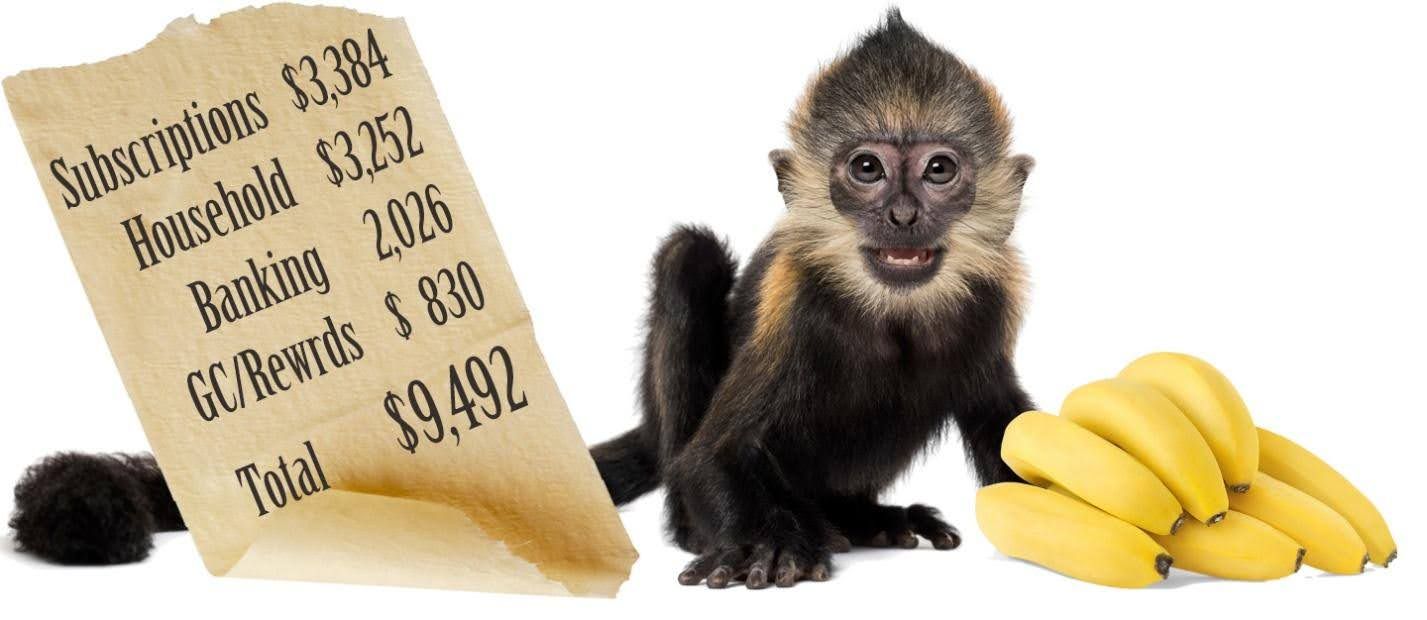
Many of us can reduce in all of these areas. Adding up all the savings from each, it is surprising how much money can be saved by reviewing the out of sight money leaks. In this case: $9,492!
If just half of those dollars were invested every year at a 6% return, in ten years that $4,746 would be $62,583 and in twenty years: $174,725!!
Formula: FV=P×((1+r)n−1)/r; Where: FV = future value; P = annual payment ($4,746); r = annual interest rate (6% or 0.06); n = number of years (10) (or 20)
How’s that for some motivation?!
Many people let these “little” things slide because it seems so small, it’s not worth the energy to create savings for just $24. But adding all these little things up equals a substantial amount of money. It is worth the time!!
Specific Actions to Take – It’s Your Turn
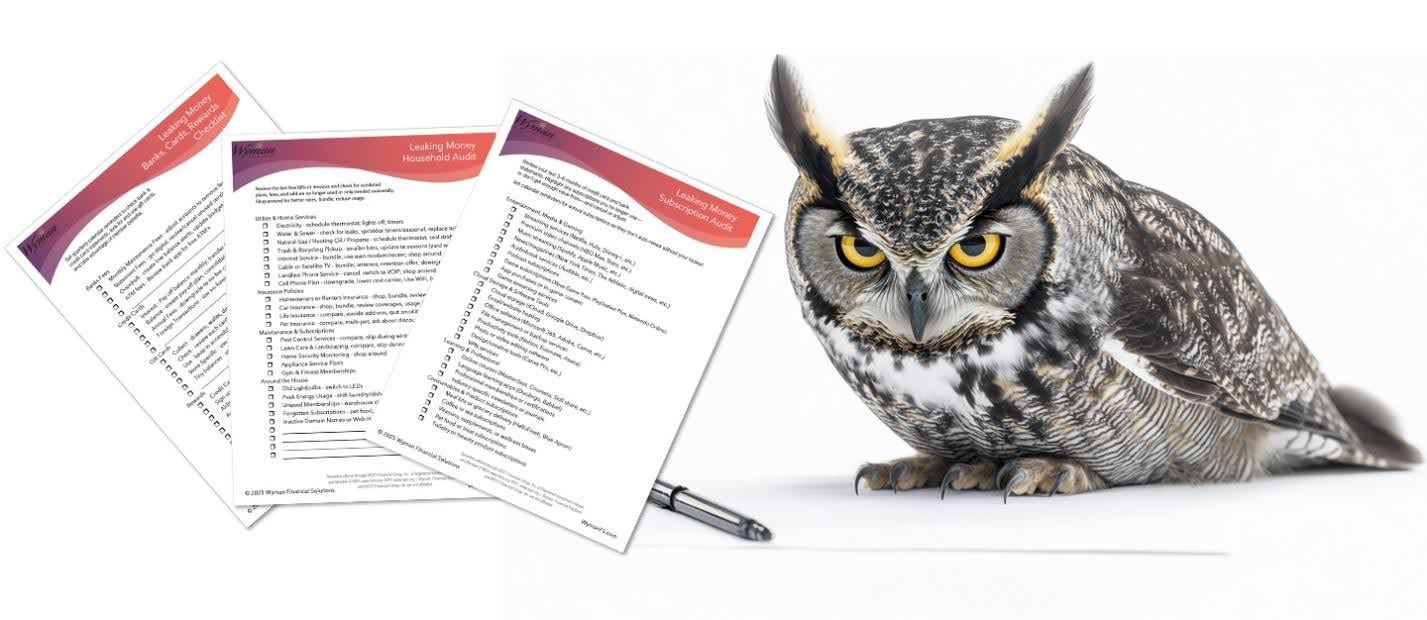
Schedule time to review each of these areas. It has already been shown that these small savings can really add up. Do it this week or this month, but do it! We have compiled three handy checklists to help make it easier. Click here to view/download the checklists.
Why Stopping Money Leaks Matters

By taking a few minutes to review your accounts and plug those leaks, you’re reclaiming control over your finances. It’s not just about dollars and cents—it’s about aligning your spending with what truly matters to you. The time it takes to plug the holes is well worth it.
Your money should be working for you, not sitting idle or slipping quietly through the cracks. Every dollar has a job to do—whether it’s growing for the future, paying down debt, or investing in the next generation. By taking the time to plug these “out of sight, out of mind” leaks, you’re turning lazy money into
working money—aligned with your goals, your values, and the life you want to build.
